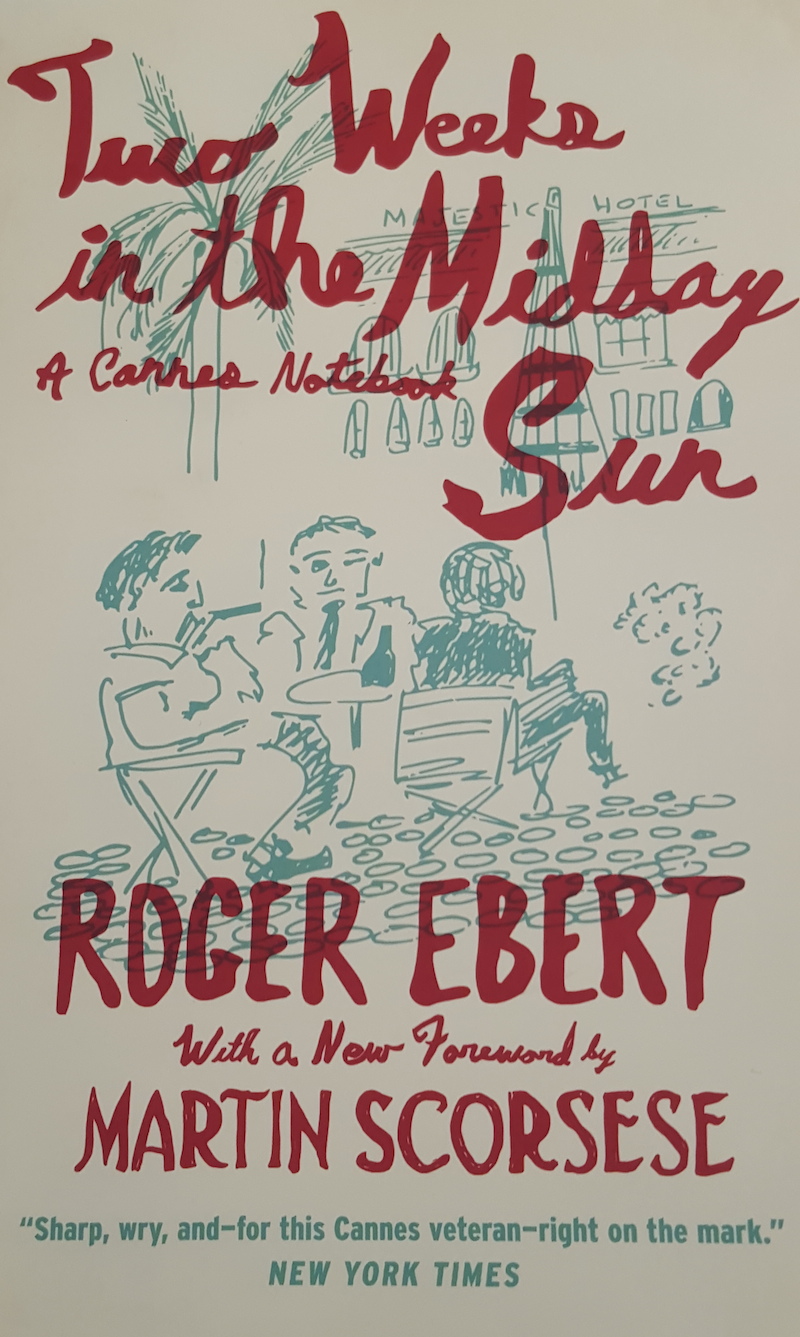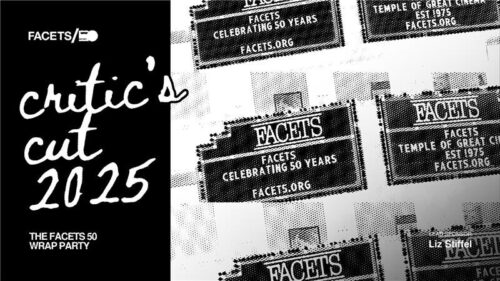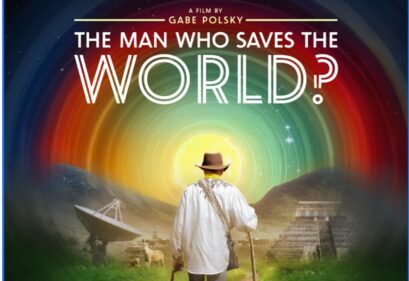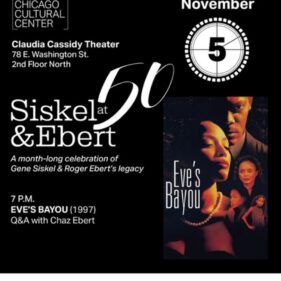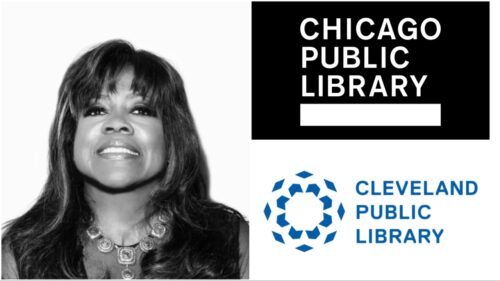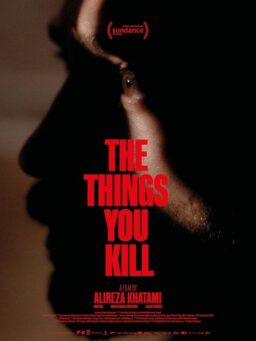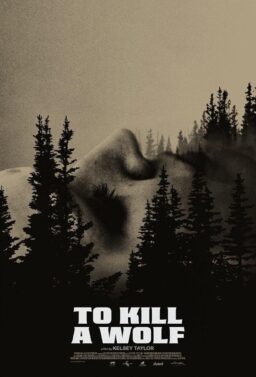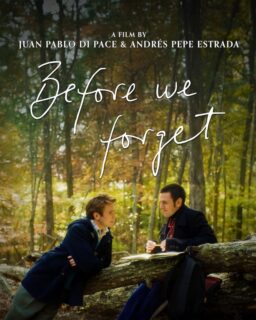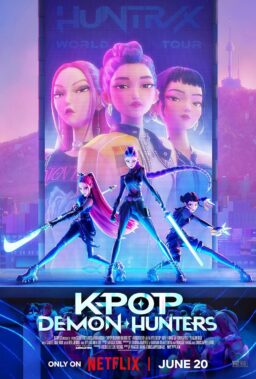The following article was originally posted on May 13th, 2016.
“Two Weeks in the Midday Sun,” Roger Ebert‘s classic 1987 book about the Cannes Film Festival, was rereleased on May 11th, 2016, just in time for the festival. The University of Chicago Press reprinted the book, which sold out at Ebertfest prior to its release. Below is the new foreword by Martin Scorsese.
The Cannes Film Festival. Or, as it’s known to the people who go there year after year—the filmmakers, the entertainment journalists, the film reviewers and critics, the sales agents, the producers, the stars and their entourages—just plain “Cannes.” If you’re talking to a normal human, they’re talking about the Riviera, the beach, the hotels, the sun. But for a film person, Cannes means the festival, period.
You go to the festival year and year, and you get to a point where you could walk it in your sleep—in fact, that’s pretty much what you’re doing, because if you’re in Cannes, unless you’re French or Italian, you’re jet-lagged. From the Palais, the nerve center (the press and public screenings, the market, the receptions and press conferences), you turn right and walk up the Croisette to the Quinzaine, the hotels (the Majestic, the Grand Hotel, the Carlton, and the Martinez), and the private beaches. Or, you turn left out of the Palais and go to the port, the restaurants, and, if you’re so inclined, the old town up the hill. If you’re there for the festival, that’s Cannes. Unless you’re ensconced across the bay on Cap d’Antibes.
And a certain madness sets in. The journalists and critics rushing between screenings, maybe stopping off at the press room or their hotel room to file. The meetings, meetings and more meetings happening in cafés and restaurants, up and down stairways and on line for movies, in corners, anywhere you can find a place to sit or even stand. The crowds, thronging the streets by about six to get a glimpse of this actor or that director being driven to the Palais for their walk up the red carpet (the “marche rouge”). The paparazzi, shouting out the names of those actors and directors as they’re led up the stairs, one at a time, directed by their press teams to turn this way and then that way for the cameras. The fireworks. The announcements over the PA accompanied by blaring music. And the people, people, and more people.
And yes . . . they show movies too.
Year after year, the players change, the circumstances change, the films change, the writers are now filing online and tapping out their reports and reviews on their iPads or even their iPhones, but Cannes remains the same. And very few people have ever captured it as vividly or with as much charm as Roger Ebert does here.
I myself was not in Cannes in 1987—I was in Morocco getting ready to shoot “The Last Temptation of Christ“—but I’d been there many times before that. “Mean Streets” had played at the Quinzaine des Réalisateurs, or the Directors’ Fortnight—this is the “alternate festival,” founded in opposition to Cannes after May 1968, the year that the festival was shut down, but at this point basically considered as another section. I was there with “Taxi Driver” in 1976, when Roger saw it for the second time. We won the Palme d’Or that year. I got the news over the phone, in LA, where I was sound asleep, having just flown back from Cannes because I was convinced that we didn’t have a chance of winning anything. The jury president that year, Tennessee Williams, had let it be known that he disapproved of our picture, and when I ran into Costa-Gavras and Sergio Leone, who were also on the jury, I told them that we were all planning on going home the next morning. “Maybe you should stick around for a few days,” they both told me. A couple times. I didn’t take the hint.
And then there was the year we showed “The Last Waltz.” When you have a film in the Palais, the only time you can do a tech check is around two or three in the morning. We went in with our press agent Jean-Pierre Vincent and Marcello Mastroianni, who was just hanging out, and the two of them took their seats. Then we did our thing, checked the picture and the sound, called up to the projectionist a few times, listened from different parts of the room, were satisfied, and left. Years later, Jean-Pierre told me that he woke up at six in the morning with Marcello’s head on his shoulder, in the dark, in the locked theatre. We’d forgotten all about them.

And I’ve had so many wonderful experiences in Cannes—in 1981 with “The King of Comedy“; in 2002 with a master class on Billy Wilder; in 2007 with the announcement of The World Cinema Project; and in 2009, when we presented the restoration of “The Red Shoes” and several WCP titles. That was one of the very last times I saw Roger. He’s had his surgery by that point, but he was the same Roger, as sharp and funny and warm as ever.
I’ve spoken at length about what a good friend he was to me over the years, and about my respect for him as a critic. But Roger was also a great observer and such a wonderful writer. You read these memories and look at these sketches, and the people and the places and the hilarious and improbable encounters and that indescribable Cannes state of mind . . . it all comes to life. And so does the man who wrote it, Roger Ebert.
To buy the book, click here.
And check out this video of Chaz from Cannes 2011, discussing “Two Weeks in the Midday Sun.”
